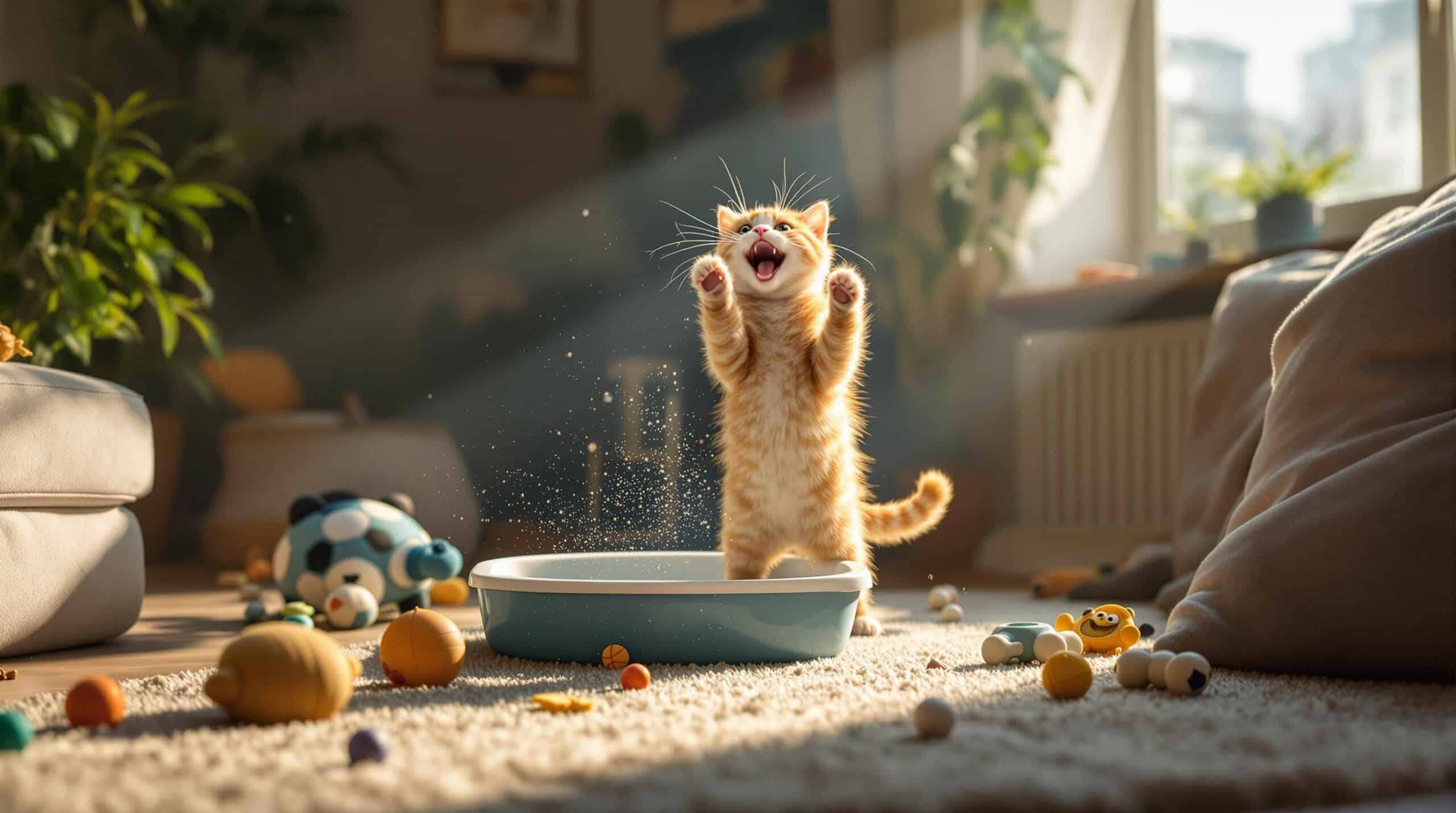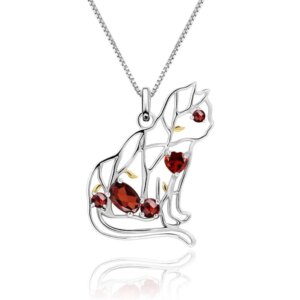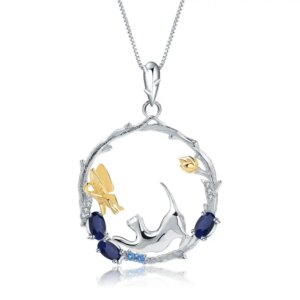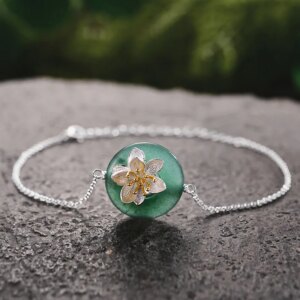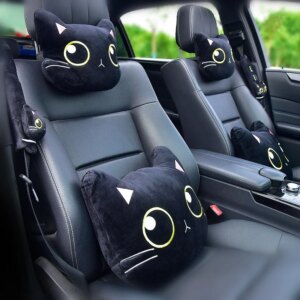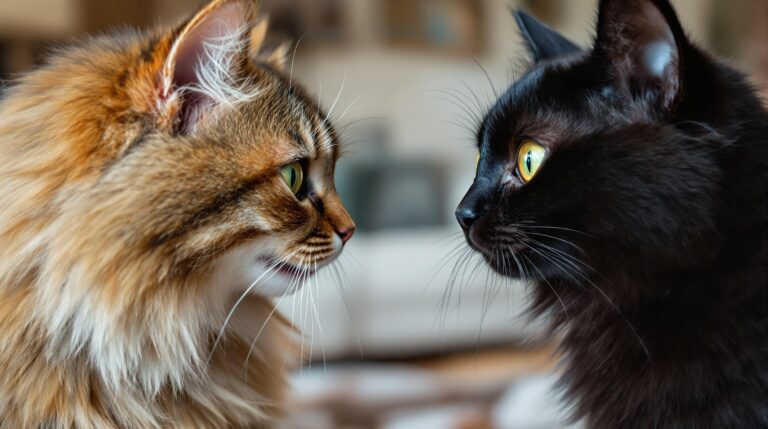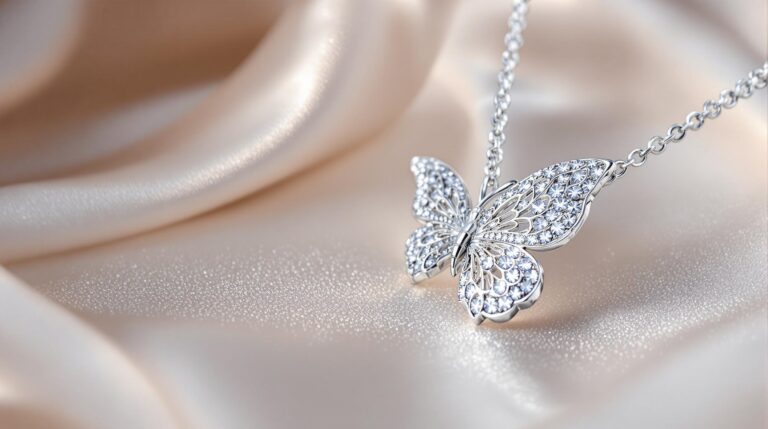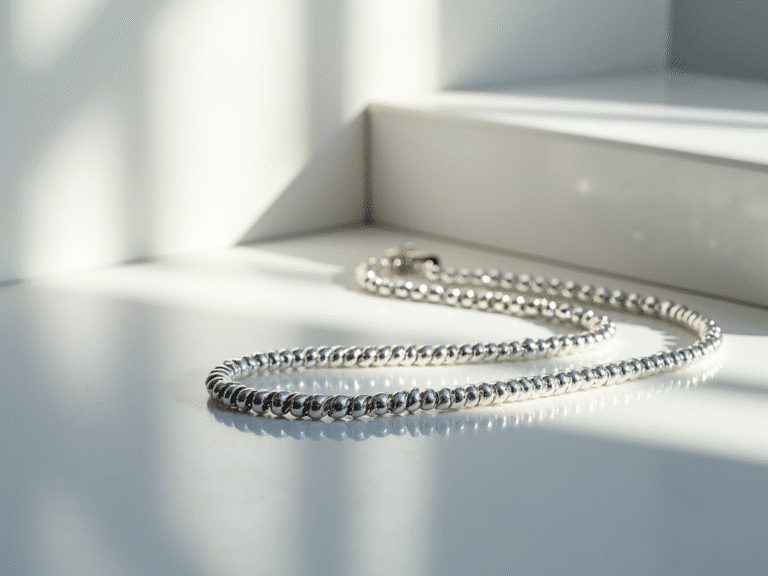Cats Zoomies After Pooping, at Cat Karma Creations, we delve into the fascinating world of cats and their unique behaviors. One such behavior, known as ‘cat zoomies after pooping,’ is a common and often amusing phenomenon observed in many feline companions. This article explores the reasons behind this behavior, the science behind it, and how cat owners can manage and enjoy their cat’s post-poop zoomies. By understanding this behavior, you can ensure your cat remains healthy and happy. Read on to discover the key insights and tips for dealing with cat zoomies.
Why ? Do Cats Zoomies After Pooping
At Cat Karma Creations, we understand that cats get the zoomies after pooping for a variety of reasons, both biological and psychological. Understanding these factors can help cat owners better appreciate and manage this behavior.
Biological Factors
One of the primary biological reasons for cat zoomies after pooping is the release of endorphins. When a cat poops, the pressure in their intestines is relieved, which can trigger the release of endorphins, often referred to as ‘feel-good’ hormones. This sudden burst of positive chemicals can make a cat feel euphoric and energetic, leading to the zoomies.
Additionally, the act of pooping itself can be a relief, especially if a cat has been holding it in. The relief of pressure can lead to a sudden burst of energy and excitement, causing the cat to run around and engage in playful behavior.
Psychological Factors
Psychologically, cats may experience a sense of accomplishment or relief after pooping. This can be similar to how humans feel after completing a task. The act of pooping can be a natural release of tension, and the resulting zoomies can be a way for the cat to celebrate or burn off excess energy.
Cats are also known for their hunting instincts. After pooping, they may feel a surge of energy and the need to engage in play or hunting behaviors, which can manifest as the zoomies. This is a natural and healthy response, indicating that the cat is feeling good and is in a positive state of mind.
Relief and Endorphins
The combination of physical relief and the release of endorphins can create a strong sense of well-being in cats. This natural high can lead to bursts of energy and playful behavior, which is why cats often get the zoomies after pooping. It’s a way for them to express their happiness and relief, and it can be a sign of a healthy and content cat.
Common Cat Behavior After Pooping
Cats exhibit a range of behaviors after pooping, and the zoomies are just one of them. Understanding these behaviors can help cat owners better interpret their cat’s needs and well-being.
Post-Poop Energy Spikes
One of the most common behaviors observed in cats after pooping is a sudden burst of energy, often referred to as ‘post-poop energy spikes.’ These energy bursts can be short and intense or moderate and sustained, depending on the cat. Cats may run around, play, or engage in other high-energy activities, which can be a sign of a healthy digestive system and overall well-being.
Energy spikes after pooping can also be a way for cats to burn off excess energy and maintain their physical fitness. This behavior is often seen in younger cats and kittens, who have more energy to burn and a natural inclination to play.
Running and Sprinting
Another common behavior is running and sprinting. Cats may dart around the room, leap onto furniture, or engage in quick, intense bursts of activity. This can be a natural and healthy response, indicating that the cat is feeling good and is in a positive state of mind.
Running and sprinting can also be a way for cats to release pent-up energy and maintain their physical fitness. It’s a natural behavior that can help keep cats active and engaged, which is important for their overall health and well-being.
Playful Behavior
After pooping, cats may also engage in playful behavior, such as chasing toys, pouncing on objects, or interacting with their owners. This playful behavior can be a sign of a happy and content cat, and it can also be a way for cats to bond with their owners.
Playful behavior can also be a way for cats to exercise and maintain their physical and mental health. It can help reduce stress, improve cognitive function, and enhance the cat’s overall quality of life.
Managing Cat Zoomies
While cat zoomies after pooping can be fun and entertaining, it’s important for cat owners to manage this behavior to ensure their cat’s safety and well-being. Here are some tips for managing and enjoying your cat’s post-poop zoomies.
Creating a Safe Environment
One of the most important steps in managing cat zoomies is to create a safe environment. Remove any potential hazards, such as breakable objects, sharp edges, or toxic plants, to prevent accidents. Ensure that the area where your cat can run and play is free from obstacles and safe for high-energy activities.
Consider setting up designated play areas with cat-friendly furniture and toys. This can provide a safe and stimulating environment for your cat to enjoy their zoomies without the risk of injury.
Encouraging Play and Exercise
Encouraging play and exercise is another important aspect of managing cat zoomies. Regular play sessions can help burn off excess energy and reduce the intensity of post-poop zoomies. Engage your cat in interactive play with toys like feather wands, laser pointers, or puzzle toys to keep them mentally and physically stimulated.
Physical activity can also help improve your cat’s overall health and well-being. It can reduce stress, enhance cognitive function, and promote a healthy weight, which is important for maintaining a happy and healthy cat.
Recognizing Signs of Distress
While cat zoomies after pooping are generally a sign of a healthy and happy cat, it’s important to recognize any signs of distress or health issues. If your cat’s zoomies are excessive, accompanied by other unusual behaviors, or if they seem to be in pain or discomfort, it’s important to consult a veterinarian.
Signs of distress can include excessive vocalization, hiding, loss of appetite, or changes in litter box habits. If you notice any of these signs, it’s important to seek professional advice to ensure your cat’s health and well-being.
Health Indicators and Tips
Cat zoomies after pooping can be a valuable indicator of your cat’s health and well-being. By understanding the health indicators associated with this behavior, you can ensure your cat remains healthy and happy.
Healthy Digestive System
Post-poop zoomies can be a sign of a healthy digestive system. If your cat is experiencing regular and consistent bowel movements, along with occasional zoomies, it can indicate that their digestive system is functioning properly.
A healthy digestive system is essential for your cat’s overall health and well-being. It can help prevent digestive issues, such as constipation or diarrhea, and ensure that your cat is getting the necessary nutrients from their diet.
Diet and Nutrition
The role of diet and nutrition in cat zoomies after pooping cannot be overlooked. A balanced and nutritious diet can help support a healthy digestive system and provide your cat with the energy they need to engage in playful activities.
Consider feeding your cat high-quality, nutritionally balanced cat food that meets their specific dietary needs. Avoid overfeeding, as this can lead to weight gain and other health issues. Consult with your veterinarian to determine the best diet for your cat based on their age, weight, and activity level.
Consulting a Vet
If you have any concerns about your cat’s post-poop zoomies or their overall health, it’s important to consult a veterinarian. A professional can provide valuable insights and advice to help ensure your cat remains healthy and happy.
Regular check-ups and preventive care can help identify and address any health issues early on. Your veterinarian can also provide guidance on managing and enjoying your cat’s zoomies, as well as tips for creating a safe and stimulating environment for your feline friend.
Popular Quote
“Cats are connoisseurs of comfort.” – James Herriot
Statistical Fact
According to a study by the American Veterinary Medical Association, approximately 60% of cats exhibit some form of post-poop zoomies. This behavior is a natural and healthy response, often indicating a well-functioning digestive system and a happy cat. However, it’s always a good idea to monitor your cat’s behavior and consult a veterinarian if you notice any unusual changes.
Three Tips for Managing Cat Zoomies
- Create a Safe Play Area: Designate a specific area in your home where your cat can run and play without the risk of injury. Remove any breakable objects, sharp edges, or toxic plants to ensure a safe environment.
- Engage in Regular Play: Regular play sessions can help burn off excess energy and reduce the intensity of post-poop zoomies. Use interactive toys like feather wands, laser pointers, or puzzle toys to keep your cat mentally and physically stimulated.
- Monitor for Signs of Distress: While cat zoomies are generally a sign of a healthy and happy cat, it’s important to recognize any signs of distress or health issues. If your cat’s zoomies are excessive or accompanied by other unusual behaviors, consult a veterinarian for professional advice.
Popular Questions About Cat Zoomies
- Why do cats get the zoomies after pooping? Cats get the zoomies after pooping due to the release of endorphins and the relief of pressure in their intestines, which can create a sense of euphoria and energy.
- Are post-poop zoomies a sign of a healthy cat? Yes, post-poop zoomies can be a sign of a healthy digestive system and a happy cat. However, it’s important to monitor your cat’s behavior and consult a veterinarian if you notice any unusual changes.
- How can I manage my cat’s zoomies? Create a safe play area, engage in regular play sessions, and monitor for signs of distress. These steps can help ensure your cat remains healthy and happy.
Final Thoughts About Cat Zoomies After Pooping
At Cat Karma Creations, we believe that understanding and managing your cat’s zoomies after pooping can enhance your bond and ensure your pet’s well-being. By recognizing the biological and psychological factors behind this behavior, you can create a safe and stimulating environment for your cat. Enjoy the playful moments and always be attentive to any signs of distress. For more information and unique cat-themed gifts, visit our website at Cat Karma Creations. You can also follow us on Facebook and Instagram for more tips and updates. If you have any questions or need assistance, feel free to contact us at info@catkarmacreations.com or call us at (800) 343-1604.

